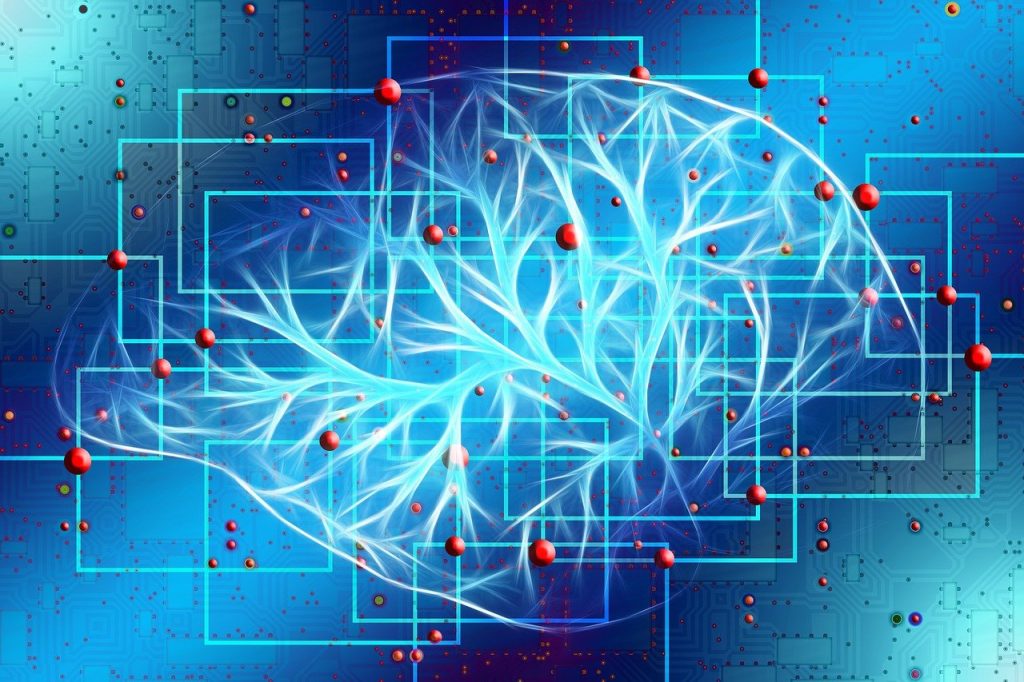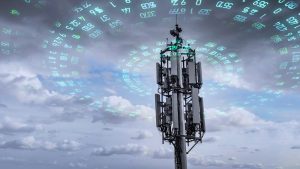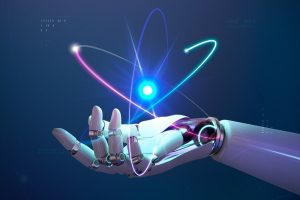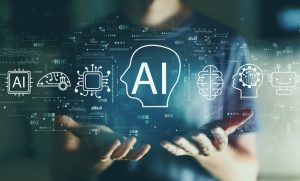Artificial Intelligence Which Understands The Relationships Between Objects

This AI model might allow machines to understand global cooperation in the same way that humans do. Folks look at things and the interconnections between them until they examine a situation. A Pcs could be positioned to one end of a cellphone, which is in forward-facing of a PC display, in front of your office space.
Because computers do not even understand the entangled relationships between the identified items, many profound education algorithms fight to realize the universe in this manner. Without such a piece of knowledge, a robotic attempting to assist someone in the cooking area would have struggled to obey orders such as getting the scraper from one edge of the cooktop and placing it on that of the other.
To address this problem, MIT academics created a methodology that recognizes the fundamental interconnections amongst items in an image. Their model tackles specific linkages one by one, and then brings them all together to display the overall picture. Whenever the scenario contains a few things that are organized in varied dealings with one more, this enables the system to build more exact visuals using text representations.
This research might be useful in situations when current robots are required to conduct sophisticated, multiphase control functions, such as arranging bits and pieces in a supply closet or harvesting machinery. It also brings the industry closer to equipping computers that can absorb from and act together with their environment in a much more human-like manner.
Every Interaction Will Be Discussed Separately
The technology created by the experts can build a carbon copy of a movie grounded on a manuscript representation of publications and their associations, comparable to how the experts built an image of a show based on a word embedding of publications and their contacts. A blue stool stands solely on a single side of a wooden board. A blue stool is flanked by a crimson sofa bed.
Their structure would breakdown these words down into different smaller chunks that represent each specific connection (a wood deck to the front of a blue stool and then a crimson sectional sofa to the side of a blue stool), and they represent every part separately. The components are subsequently put together in a representation of the environment thanks to an advancing connection.
To solve the single item linkages in the study, the researchers used an AI methodology named emission frameworks.
This performance empowers them to encapsulate each interpersonal representation using a single electricity paradigm, and then combine them to deduce all publications and links.
The structure may reassemble the lines in a range of methods by breaking them down into smaller chunks for each interaction, allowing it to adapt quickly to scene portrayals it has never gotten earlier, Li enlightens.
Web applications might bring all of the relationships into account and construct the image as a single bullet from the representation. However, such techniques fail now that we have a shortage of appropriate visualizations, including such representations with more relationships, because these models can’t change a single shot to build images with far more linkages. Nonetheless, because we’re working on several distinct, more limited models simultaneously, we’ll be able to show a larger lot of connections and get used to new combinations, according to Du.




